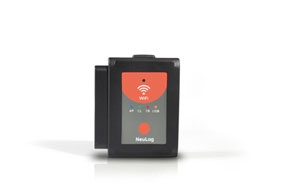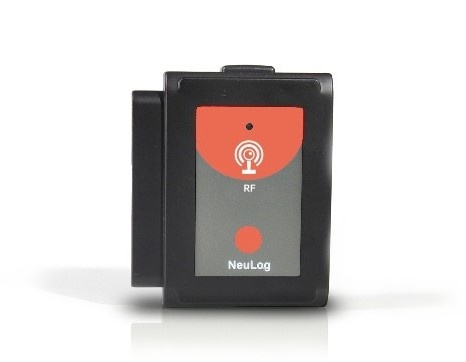GPS Position logger sensor NUL-243
|
 |

|
 |

The WiFi module is without doubts one of the most advanced and innovating elements of NeuLog. Measurements with NeuLog sensors can be performed through any device which uses the Wi-Fi technology, such as iPads and Tablets with Android, PC computers with Windows / Linux or Macintosh with OS. These can all communicate with the Wi-Fi adaptor to begin a unique experience of data acquisition. There is no need for any application download or software installation to take advantage of all the power of NeuLog sensors through the wifi module. Any popular browser program can be used. Just plug and surf. |
 |
|
 |
|
 |
|
 |
|
 |

|
 |

|
 |

|
 |

|
 |
